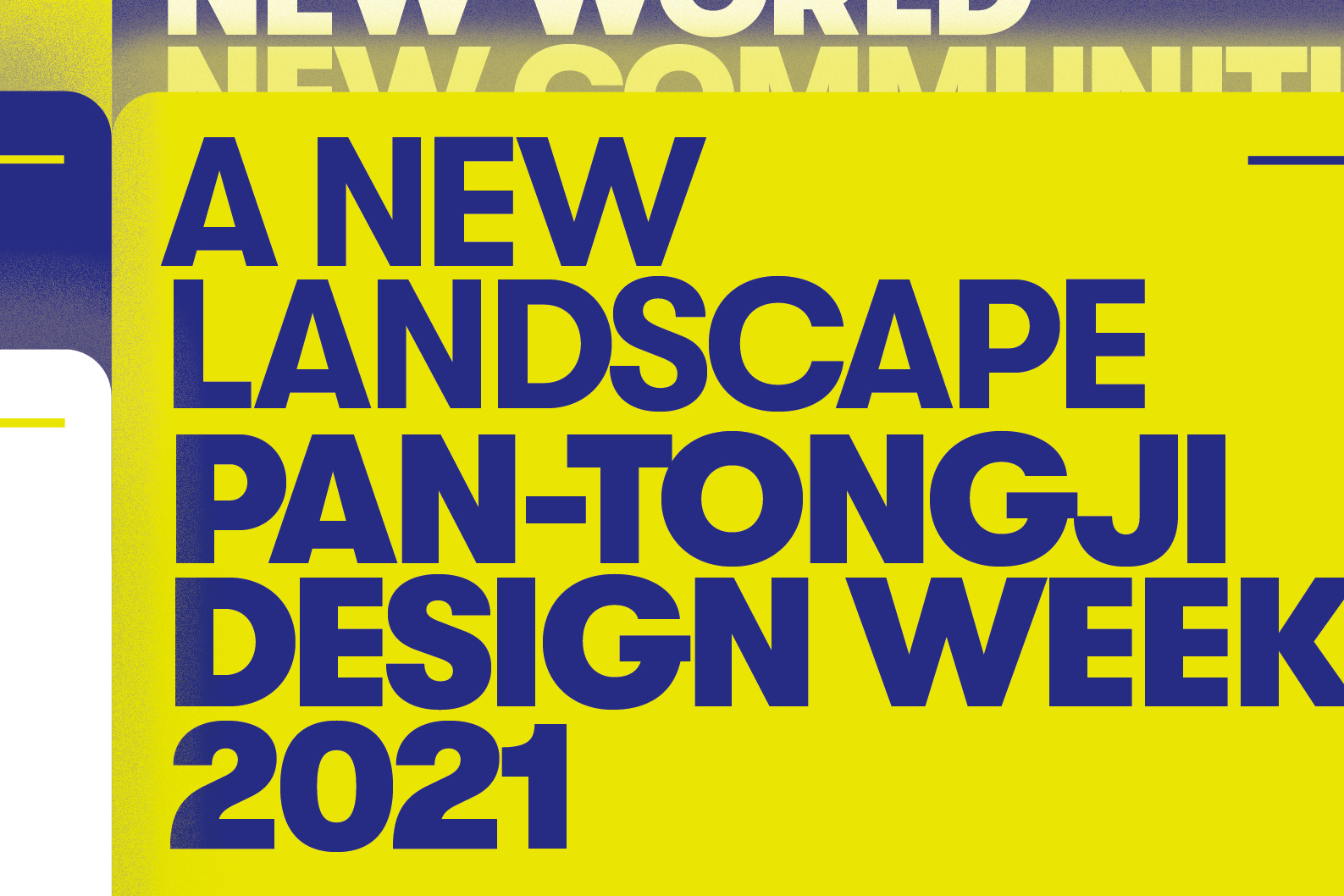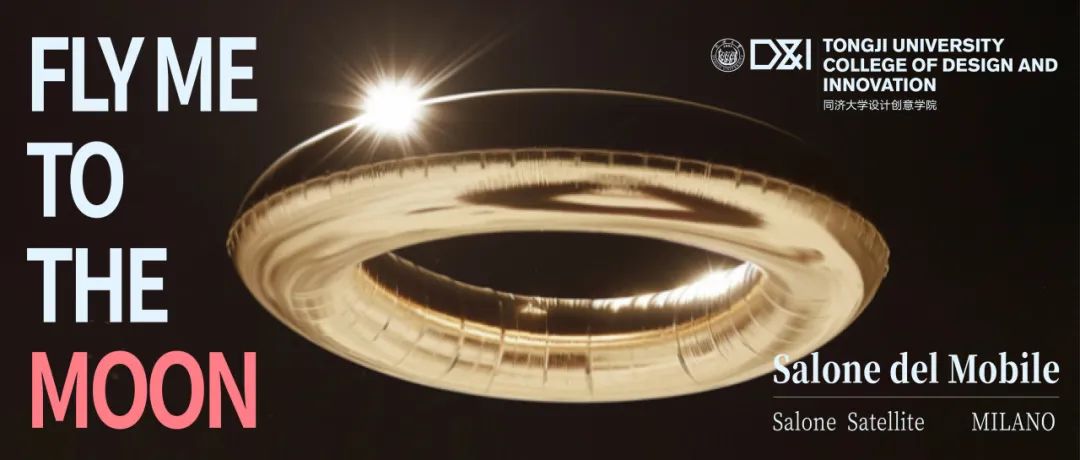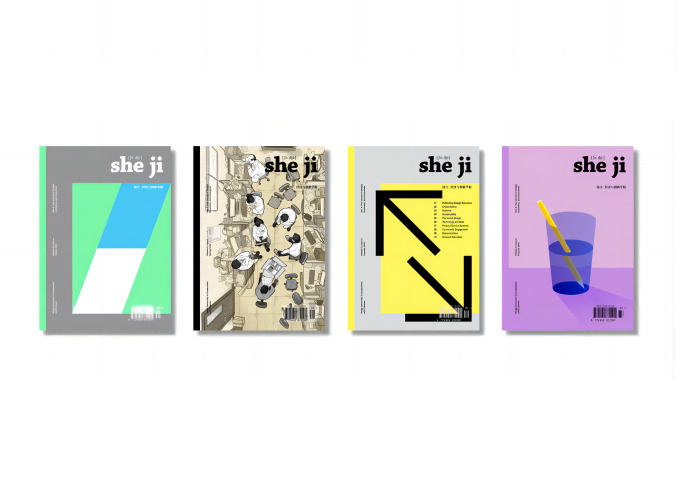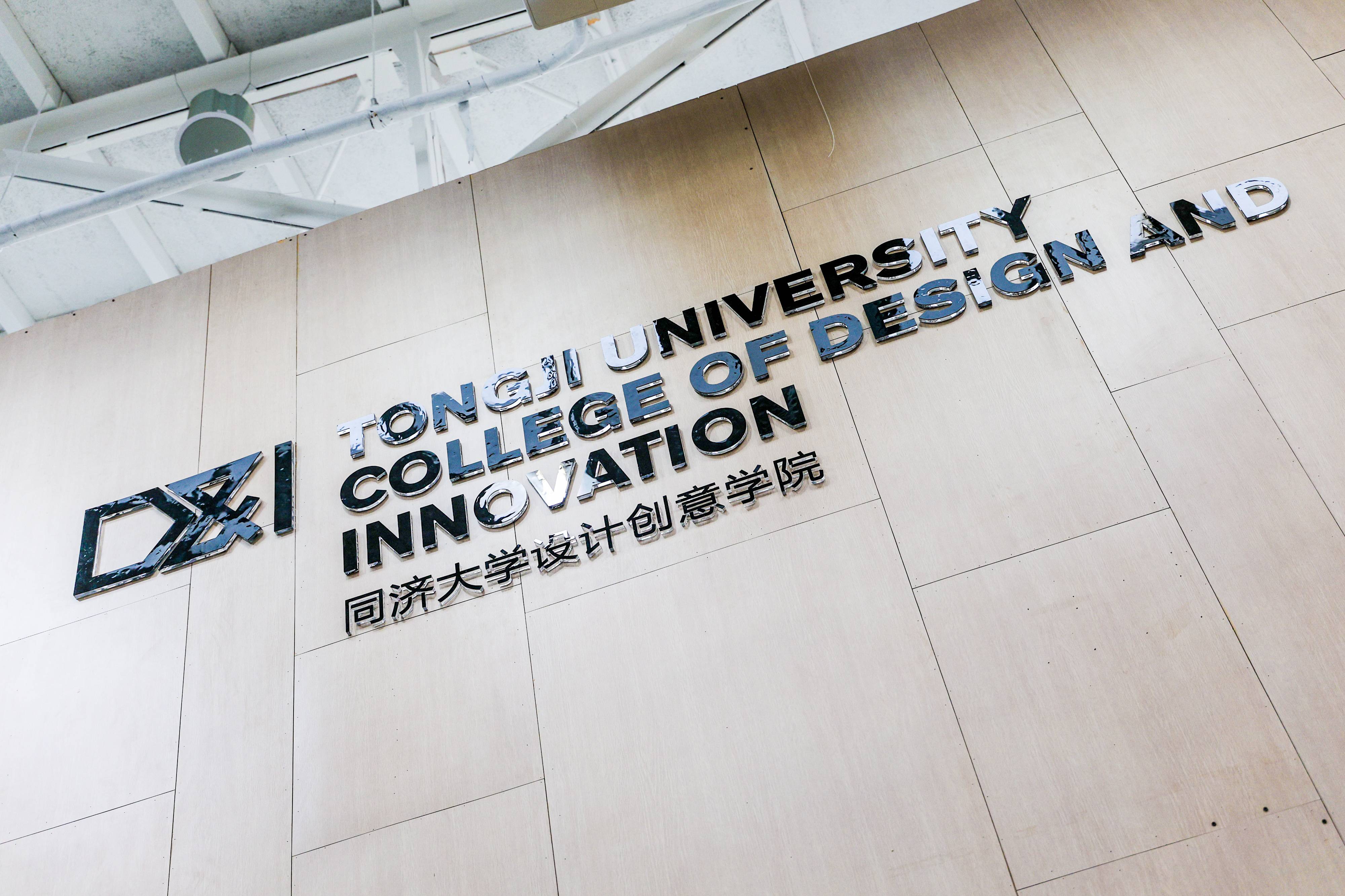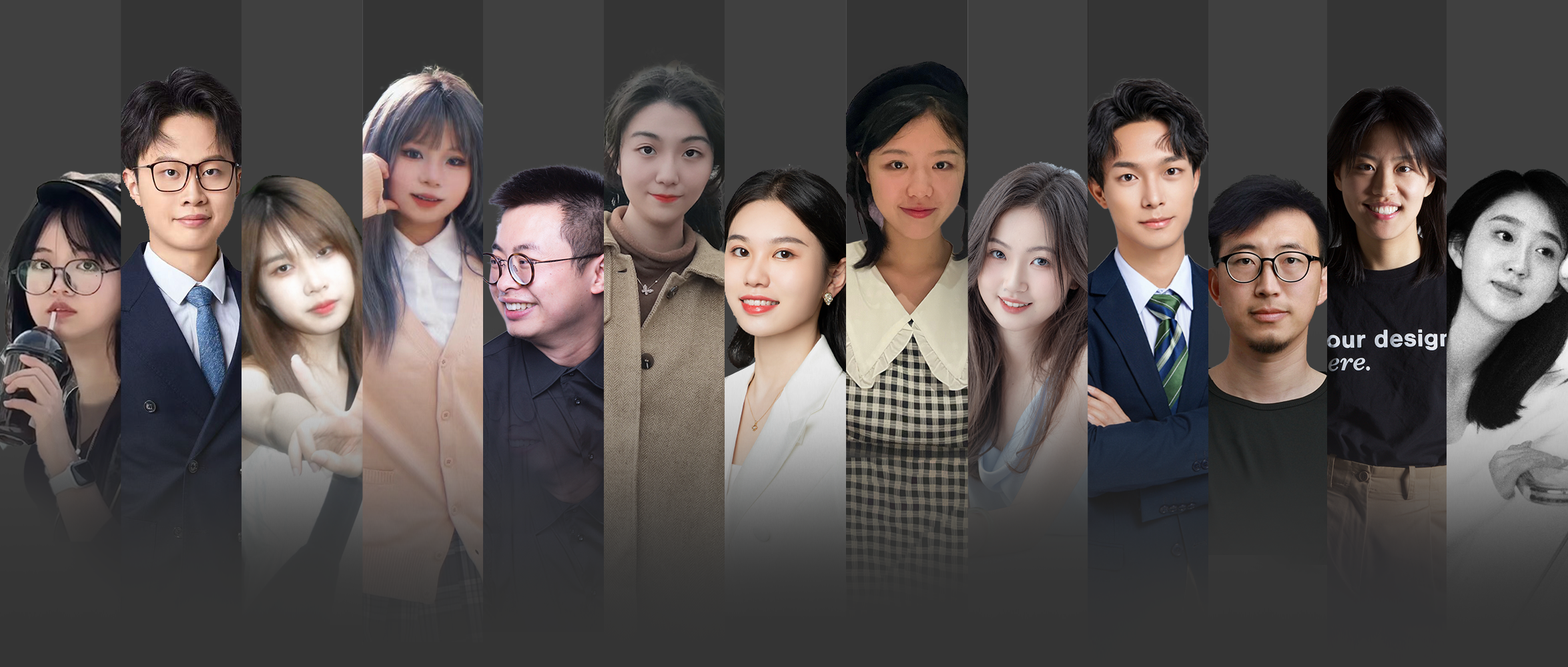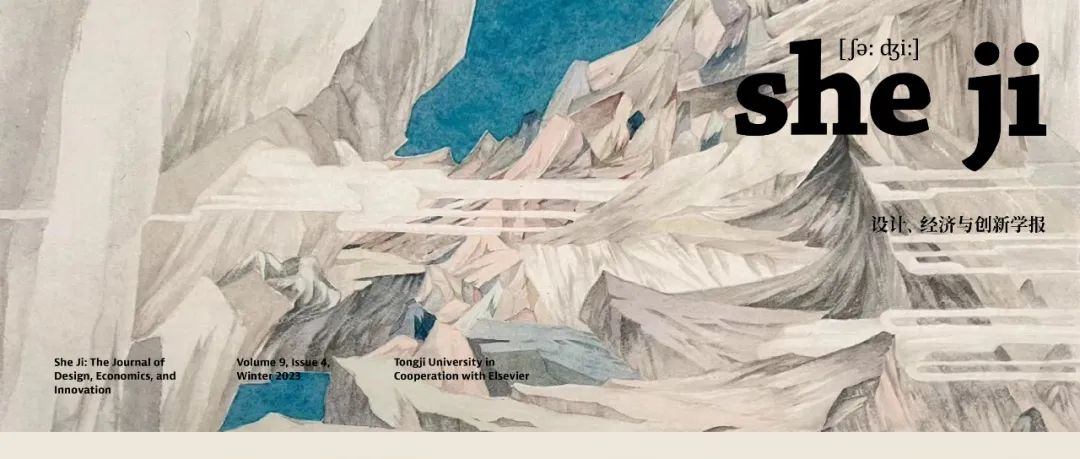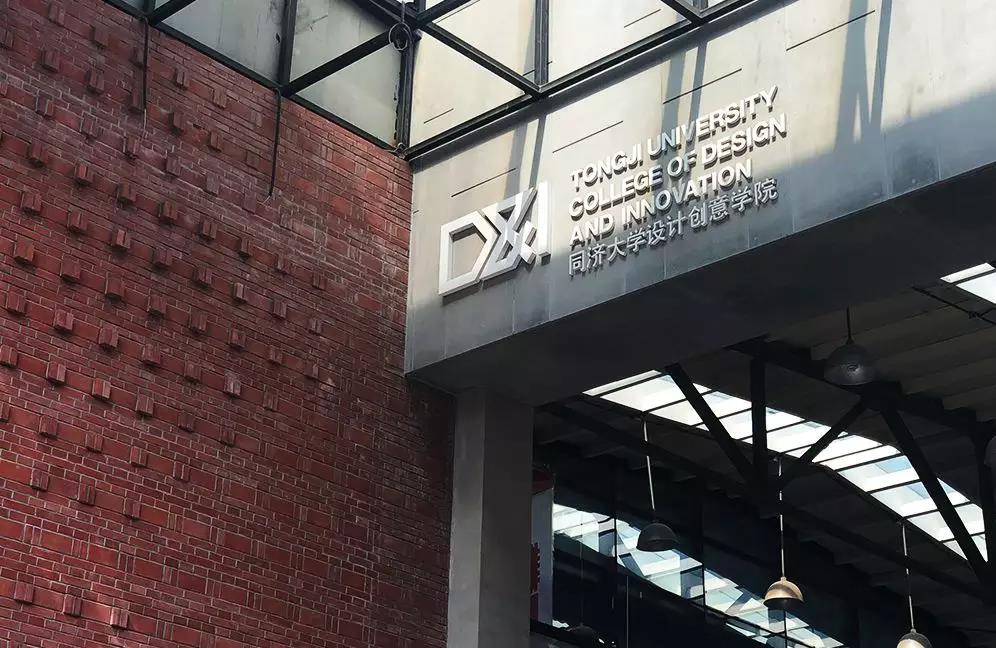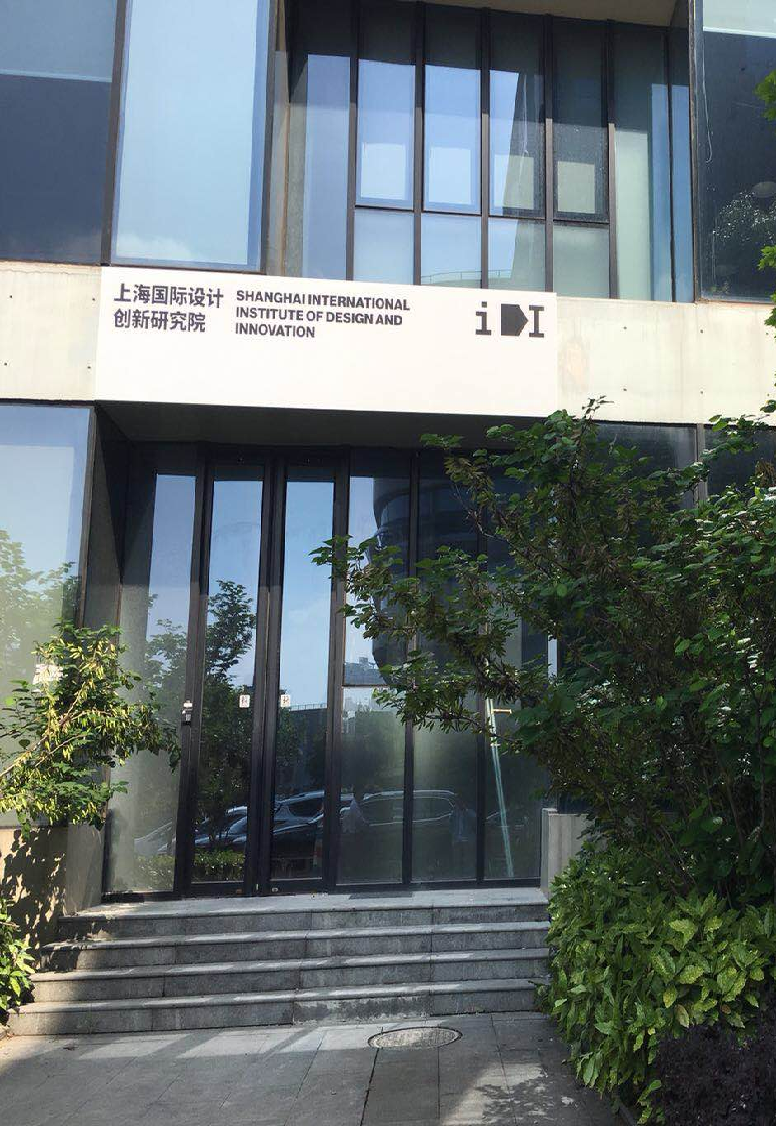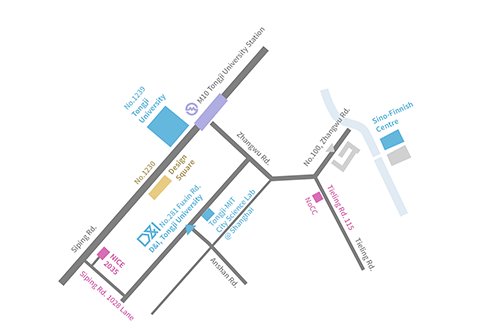+ The Main Theme
A New Landscape
China finds itself at a historic crossroads. The coming century of its advancement, and its place on the world stage, will depend primarily on our attitude toward growth. At stake is how well we adapt to new growth strategies, implement bold new plans, develop new growth patterns, and promote high-quality development, all in the name of the public good. With these impending challenges, the role of design takes on an unprecedented relevance. At the same time, the challenges for design have become enormously complex and unpredictable. Using design to explore problems and implement solutions is essential, such as when seeking useful applications of cutting-edge technologies for human ends. And yet it seems that what is in fashion is to enthusiastically conjure up fantastical, often unrealistic plans for humanity’s future. Somewhere between these two extremes lies a truer and more profound place for design in the 21st century.
Although the coronavirus pandemic is still ravaging the world, this crisis will eventually subside; new patterns are already taking form, and now design must cope with these seismic shifts. Big data, artificial intelligence, advanced manufacturing, and green technologies promise important development opportunities for design-led industrial upgrading as well as for urban transformation. Human beings’ unique capability to design now becomes a collective intelligence integrating humans with the machine world. In order to alleviate the tensions between humanity and nature, and to reverse the estrangement between individual and community, we must embrace a design ethic that emphasizes symbiotic configurations of community, the commons, and property. Meeting deadlines for peak carbon and carbon neutrality cannot be separated from the task of uniting to build a framework of design strategies and actions aimed at preserving communities of life on Earth. Shanghai is currently making every effort to create a model of the “design-driven city.” Maintaining high-quality sustainable development in Shanghai calls for the methods, tools, and practices of complex systems design.
Tongji Design Week 2021 will join hands with Shanghai Design Week to promote the construction of a world-class “design city.” This year’s theme is “A New Landscape,” and the Yangpu Riverbank — where in 2019 President Xi Jinping introduced the important concept of a “People’s City” — is the main venue. Together with the Tongji Knowledge Economy Circle and the Design Industry Cluster Initiative, the program will include more than 30 stimulating activities including forums, exhibitions, lectures, and workshops. As the program’s core academic activity, the 2021 “Emerging Practices” Design Research and Education Conference (EPC 2021) will celebrate its tenth anniversary. This conference will focus on exploring how design research and design education can transcend the differences between the design and other disciplines and propose future-oriented co-evolutionary initiatives.
Tongji Design Week 2021 will be held in December in four locations: the Shanghai Exhibition Center (Friendship Hall), Yangpu Binjiang South (in Yangpu’s historic Hemp Warehouse), Siping Road 1028 (NICE 2035), and also at Tongji University’s School of Design and Innovation.
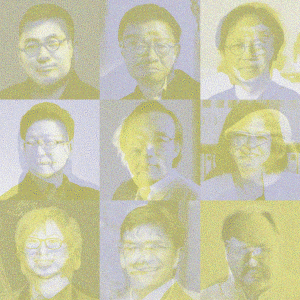
Read More:
+ Core Academic Conference
Tenth Annual “Emerging Practices” Design Research and Education Conference (EPC 2021)
—Co-evolution
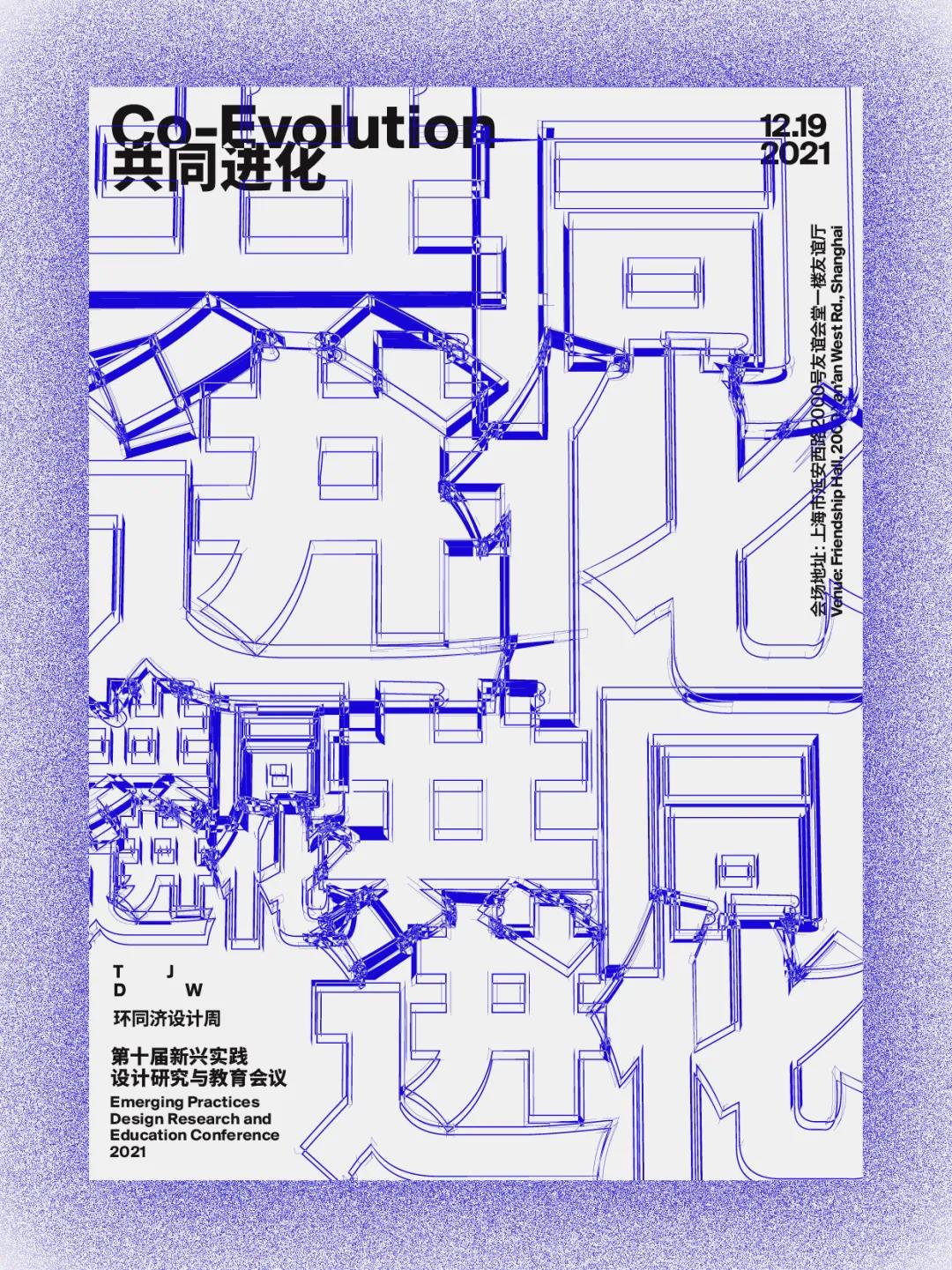
“Change” is an intrinsic aspect of the practice of design. Design’s essential role is to actively deal with change in the world. New design issues, concepts, practices, tools, and techniques are constantly emerging in response to the constantly changing socio-economic-technical-environmental conditions. Today, we face “the vicissitudes of the coronavirus and the associated problems with economic recovery,” as well as “regional revitalization,” “peak carbon emissions and carbon neutrality”—and many other new missions. These are challenges for which design must resolutely respond and pursue change.
More than 30 years ago, design researchers borrowed from traditional evolutionary theory in biology, and what ultimately emerged was the concept of design co-evolutionary. With this formula, the design process considers both problem space and solution space as following concurrent and interactive progress in their mutual development. “Co-evolution” does not merely explain the organic interactions between inquirer and his or her environment during the design process as problem solving; it also reveals qualities of resilience and the powers of transformation as these interactions unfold.
The pursuit of change that drives mankind to move boldly into the future is not limited to the design field: of this we are acutely aware. In fact, the power of design-driven innovation has yet to be fully appreciated by other disciplines. Even within design, the pluralism of research paradigms has led to a lingering ambiguity around design as a discipline. It is now left to design to articulate a more influential and convincing case, both for itself and for allied fields.
The question is, how can design adapt to the radically changing world, perpetually transforming itself as it transforms the world around it? For design practice, research, and education, we can adapt the above evolutionary frame to a related question: what are the designated trajectories of these three co-evolving subfields? We are concerned with how design will interact with other disciplines to forge new shared paths for knowledge production, intersection, and integration; how innovation in design can enable synergies with innovation in science and technology, culture and art, and business, so as to give greater meaning to the very concept of innovation; how the design industry might assist the manufacturing and service sectors in their transformation and upgrading processes, in order to help bring forth emerging industries; how the training ecosystem in design education might shape future talent, while also attending to its own self-improvement. It is quite irrelevant who among the stakeholders will drive and who will be driven; instead, the program must be, once again, a “co-evolution”: one of reciprocal coordination, interactive feedback, codevelopment—and common progress.

